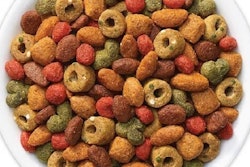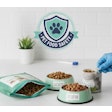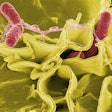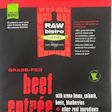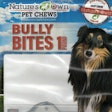The US Food and Drug Administration (FDA) is looking into ways to minimize the incidence of foodborne illness associated with pet food and treats.
“Ultimately, we’re hoping to learn ways FDA can help minimize the incidence of foodborne illness associated with pet foods and treats,” says Renate Reimschuessel, veterinarian, research biologist and head of the Veterinary Laboratory Investigation and Response Network.
Over the past two years, 11 labs with which the FDA partners have focused on Salmonella infections in dogs and cats. Each lab collected stool samples from dogs and cats with signs of salmonellosis and compared the samples with a control group. The study also asked pet owners questions about their pets.
Of 3,000 pets tested, less than 100 tested positive for Salmonella.
“Pet owners should know, though, that almost half of the dogs that tested positive for Salmonella showed no symptoms,” Reimschuessel said.
FDA is offering ways pet owners can minimize the spread of illness in the event that pet food and treats may be contaminated:
- Avoid buying pet food in dented cans or with damaged packaging.
- Feed your pets in a location that can be easily cleaned and sanitized.
- Wash countertops, tables, or any surfaces compromised when pet foods have come into contact with them.
- Earmark some utensils for use only with pet foods.
- Wash hands carefully after handling pet foods.
- Keep dry pet foods in a cool, dry place and sealed in a container to prevent spoilage.
- No matter how you store your pet food, keep the original packaging which contains data such as the manufacturer’s contact information, lot code, and UPC number. These facts can be useful if a pet food is a suspected source of illness and an investigation is under way.




